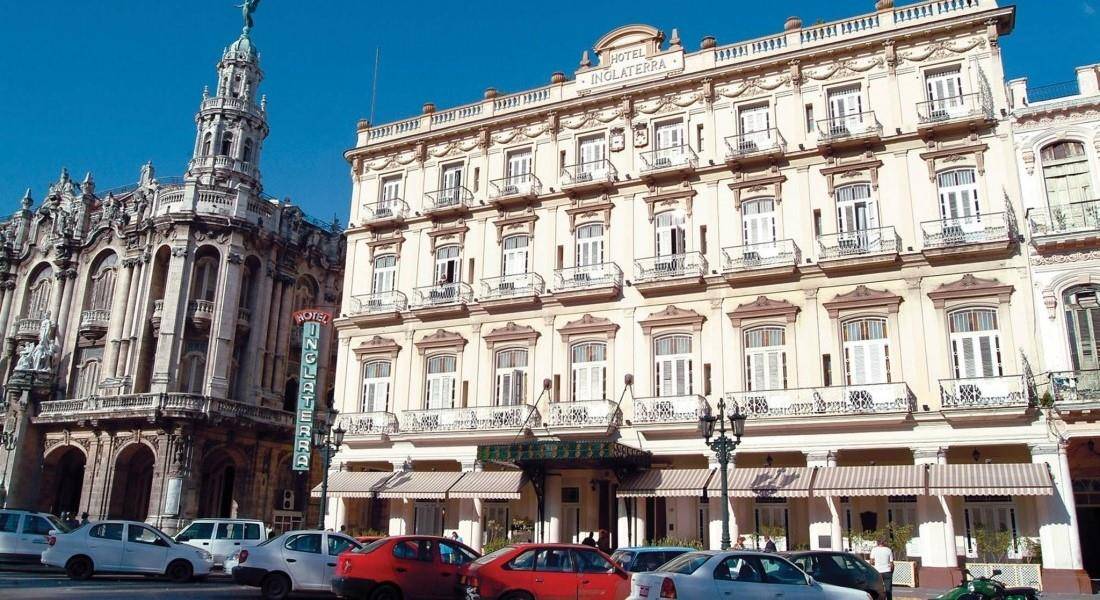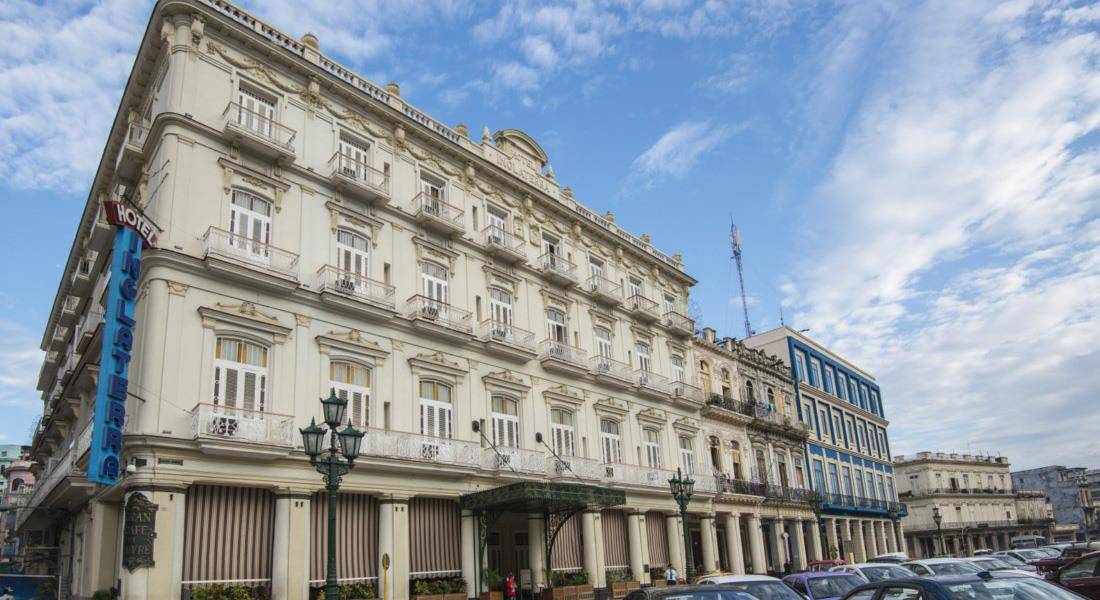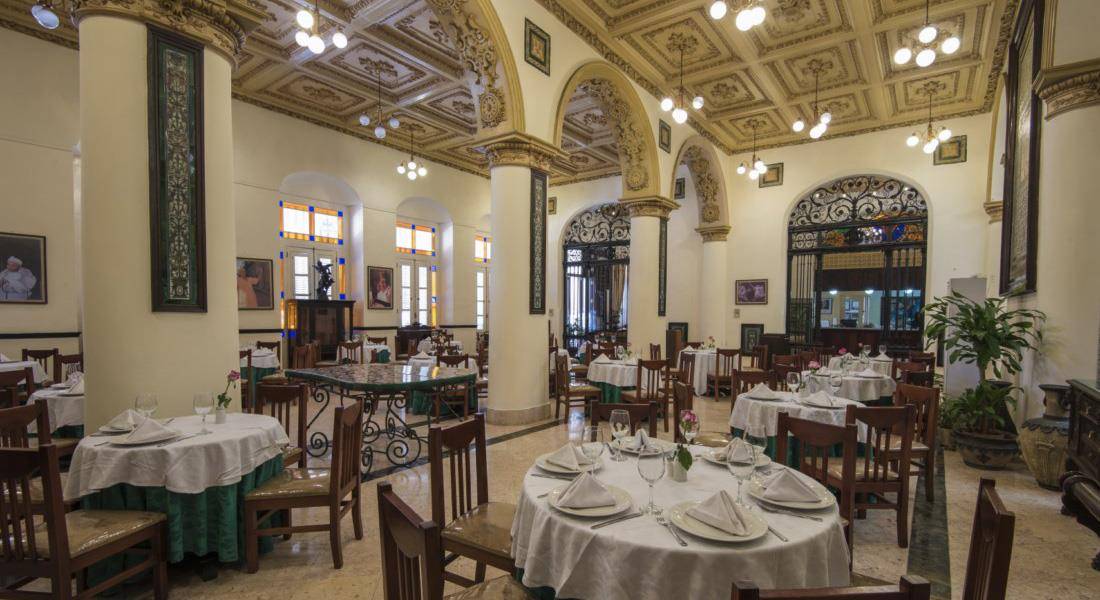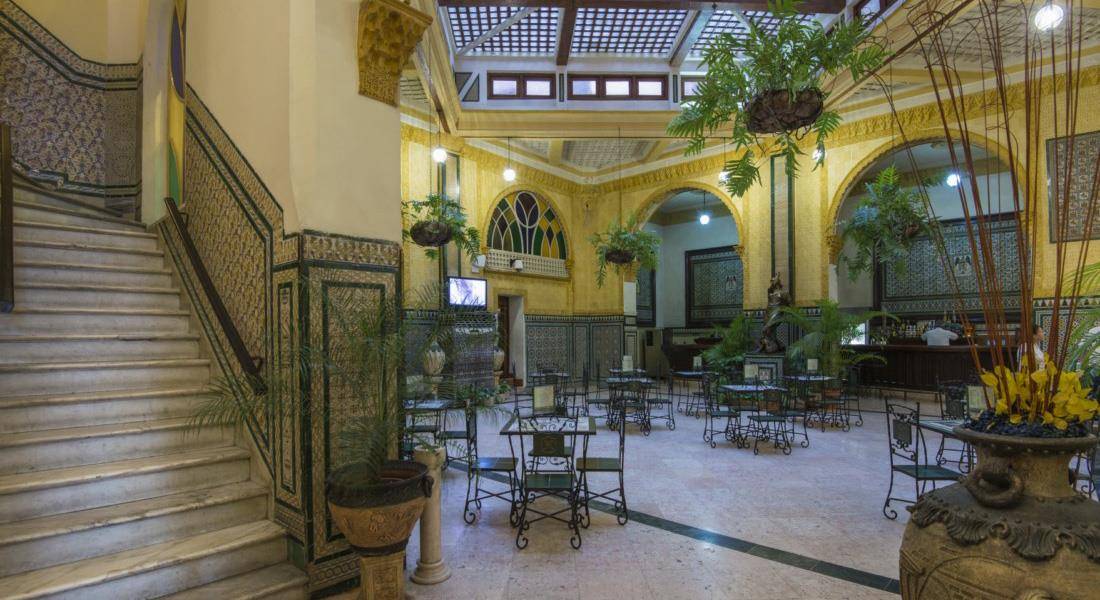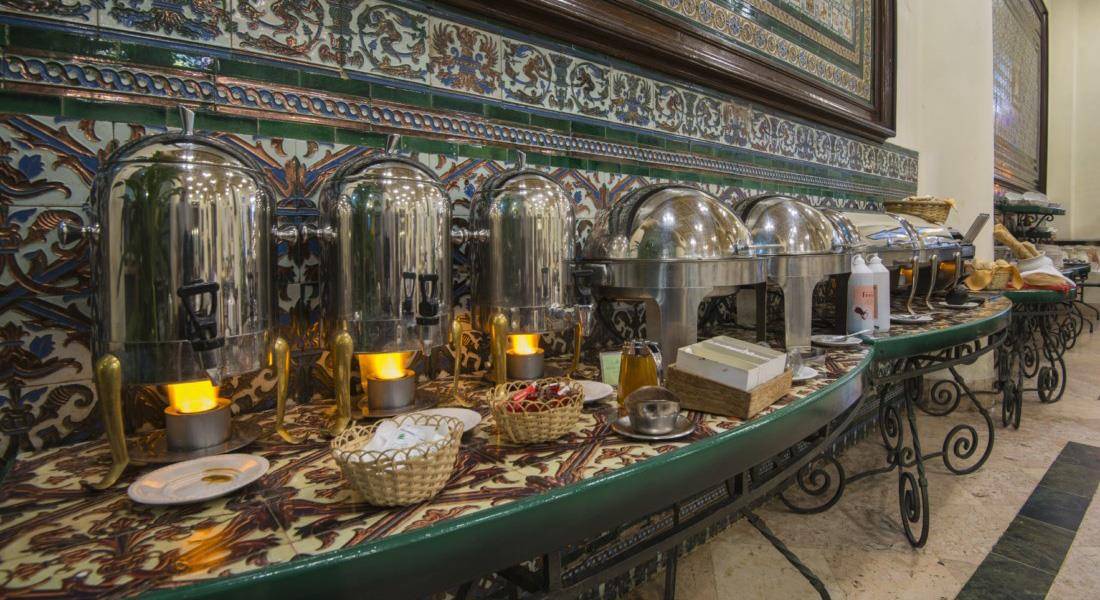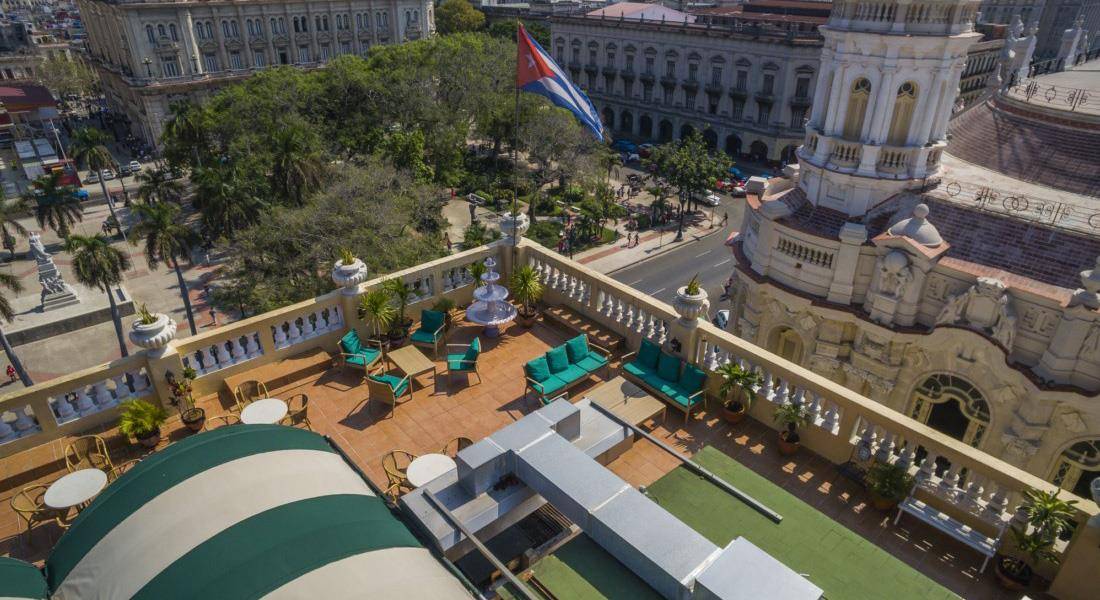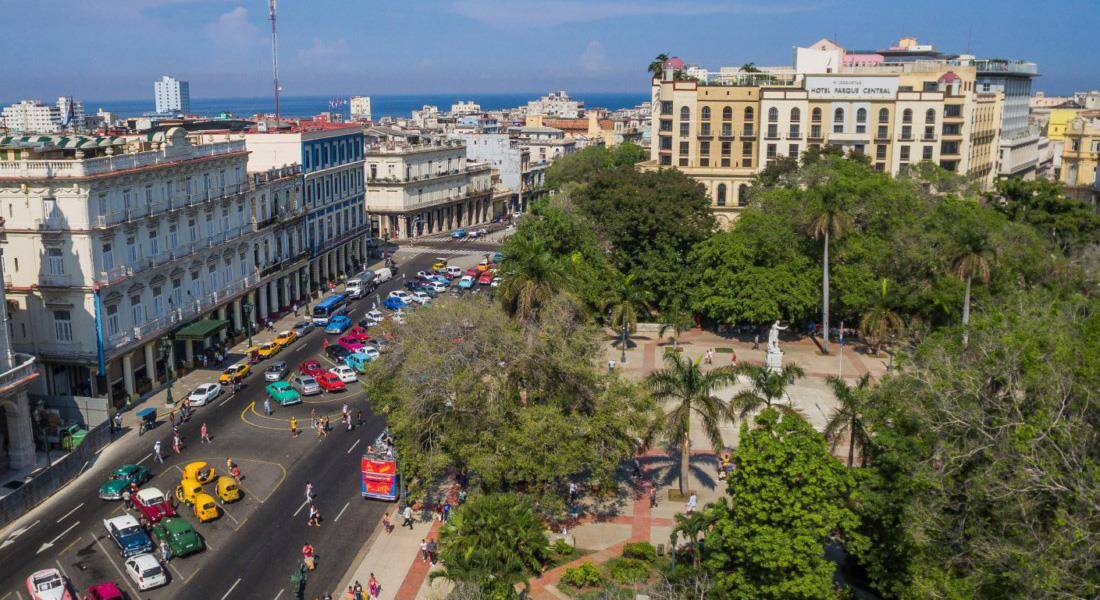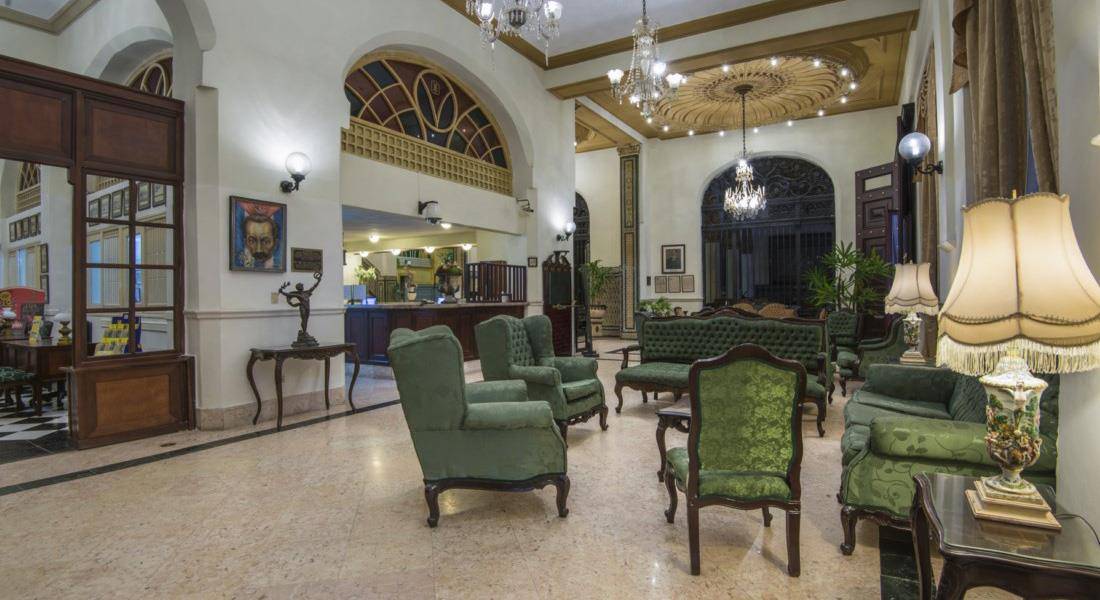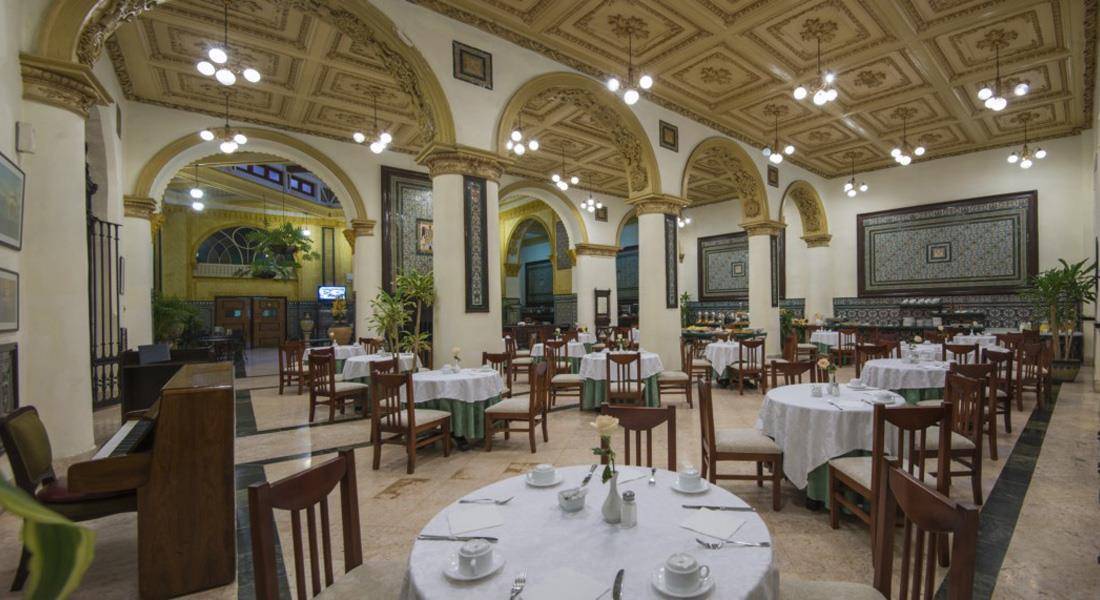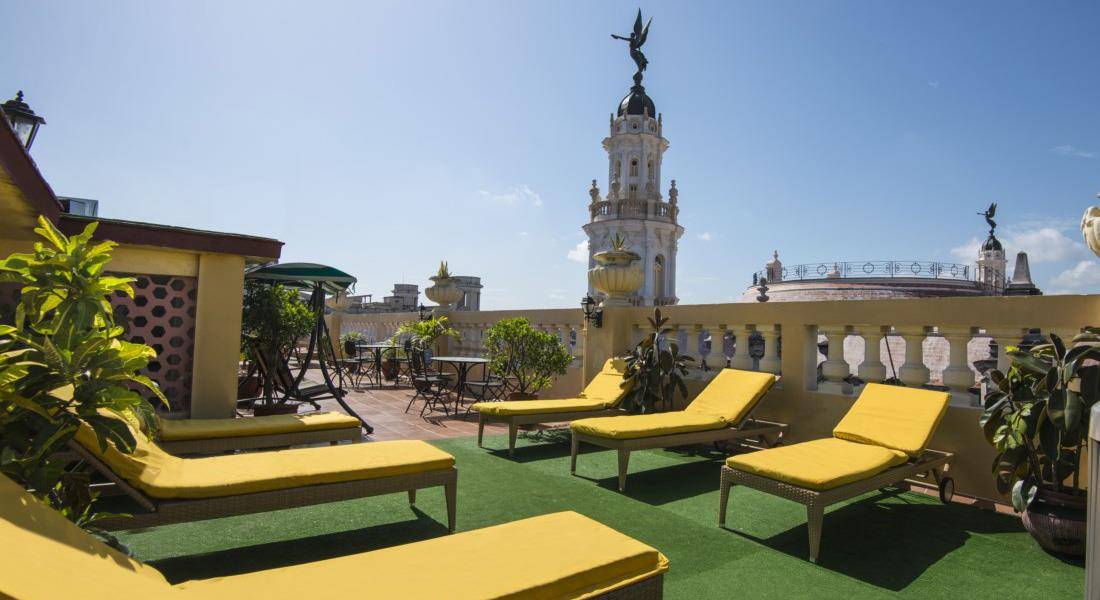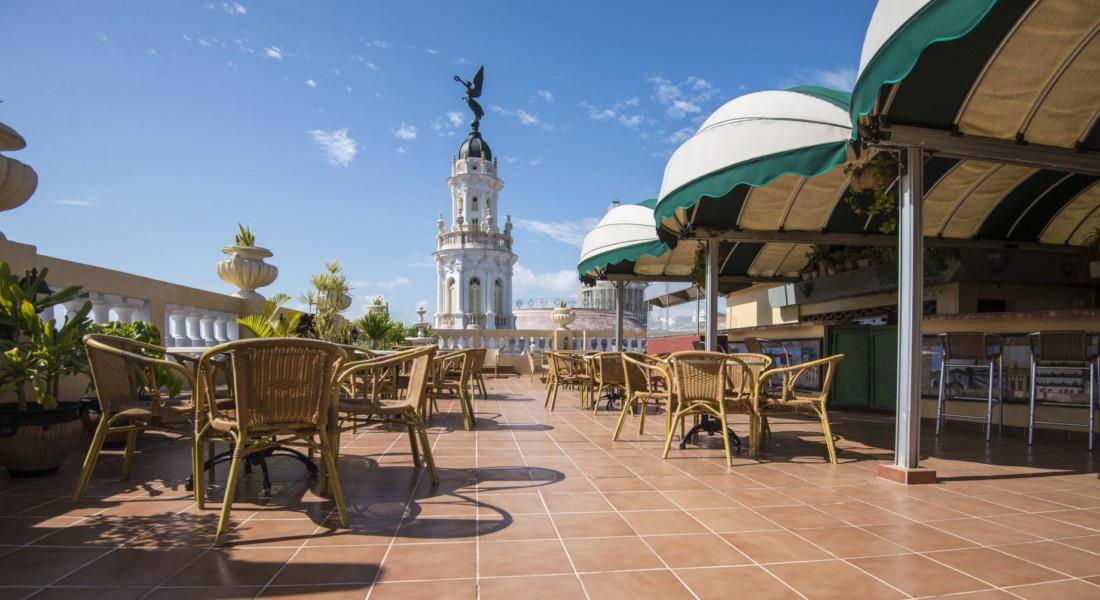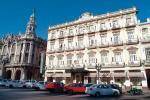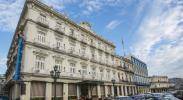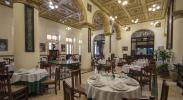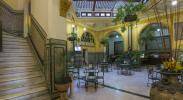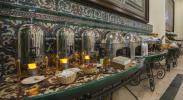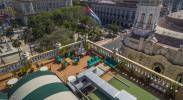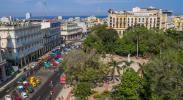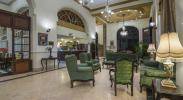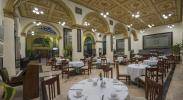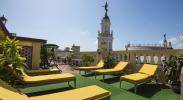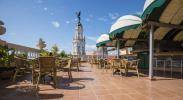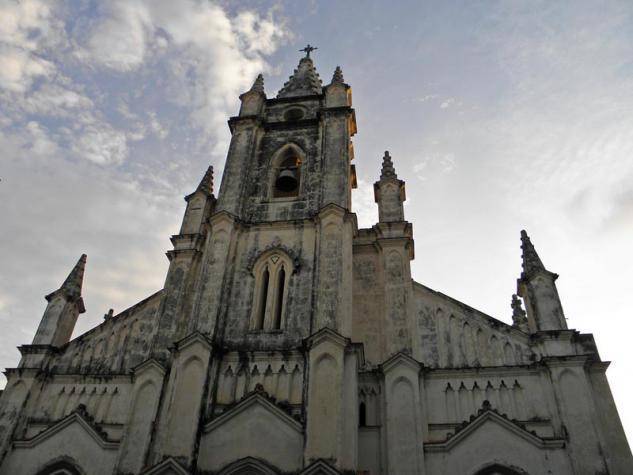
Train Museum
The Museo del Ferrocarril (Train Museum) of Havana is located in the old Cristina Station, built in 1859. The museum exhibits a great collection of old locomotives, photographs, and signaling materials, as well as an interesting review of the Cuban trains history. Cuba was one of the first countries in the world to build a rail network, and the trains on the island began to run at least a decade before those in Spain. In this museum you’ll find steam engine locomotives for broad and narrow rails, as well as diesel and electric locomotives. One of the most important items in the museum is the La Junta de Fomento Locomotive, bought in the US in 1842. The museum also houses an area which reproduces the operations room of a train station in the first half of the 20th century; and a Railway Modelling Room which exhibits scale models of stations and railway equipments.

